Frequently Asked Questions
1. What are the different types of knives?
2. How do I choose the right folding knife?
3. What materials are commonly used for knife blades?
4. What should I consider about knife handles?
5. How should I maintain my knives?
Choosing the right knife for a specific task can significantly enhance your experience and efficiency, whether you’re an outdoor enthusiast, a chef, or someone who enjoys DIY projects at home. This guide will help you navigate the diverse world of knives, particularly focusing on folding knives and their myriad applications. Let’s dive into the different types of knives and how to select the perfect one for your needs.
Understanding Knife Types
Knives come in various shapes, sizes, and designs, each tailored for particular tasks. Understanding these types can help you make a well-informed decision. Here is an overview of the most common types of knives:
Fixed Blade Knives
Fixed blade knives feature a solid, unchangeable blade. These knives are robust and often used in outdoor settings, such as camping and hunting. Their strength allows for heavy-duty tasks, making them perfect companions for survival situations. The blade's sturdiness makes them less likely to fail under pressure.
Folding Knives
The folding knife is known for its convenience and portability. Unlike fixed blade knives, folding knives can easily fit in a pocket when not in use, making them a favored choice for everyday carry. Their versatility means they can be utilized for various tasks, from simple food preparation to light cutting jobs.
Specialty Knives
These are designed for specific applications, such as filleting fish, paring fruits, or even crafting. Specialty knives often possess unique features, enabling them to perform certain tasks more efficiently than general-purpose knives.
Factors to Consider When Choosing a Knife
Selecting the right knife involves considering multiple factors to ensure it meets your specific needs. Here are key elements to ponder:
Intended Use
Evaluate what you will primarily use the knife for. If you are looking for a general-purpose knife, a folding knife may be ideal. On the other hand, for specific tasks like hunting or fishing, you may want to explore fixed blades or specialty knives.
Blade Material
The material of the knife blade is crucial for performance and durability. Common blade materials include:
- Stainless Steel: Rust-resistant and easy to maintain.
- High Carbon Steel: Offers excellent sharpness and edge retention but is prone to rust without proper care.
- Ceramic: Lightweight and corrosion-free but can be brittle.
Ergonomics and Handle Design
The knife's handle should feel comfortable and secure in your hand. Ergonomic designs can help reduce strain during prolonged use. Different materials, such as wood, plastic, or rubber, can affect grip and control. Test different styles to find one that meets your preferences.
Choosing the Right Folding Knife
For many, the folding knife stands out as an essential tool due to its compact nature and versatility. Here’s how to select the right one:
Locking Mechanism
Different folding knives come with various locking mechanisms, each providing a different level of safety and ease of use. The most common types include:
- Liner Lock: A piece of metal inside the handle locks the blade in place.
- Frame Lock: The handle frame itself secures the blade.
- Back Lock: A spring-loaded switch at the back of the knife holds the blade in position.
Choosing the right locking mechanism is crucial for the safety and usability of your folding knife.
Blade Length and Thickness
The size of the blade typically influences its functionality. For everyday tasks, a blade length of 2.5 to 3.5 inches may be sufficient. However, if you plan to use it for more robust tasks, consider a longer, thicker blade that can withstand more pressure.
Maintenance Tips for Your Knives
Regardless of what type you choose, regular maintenance is essential to ensure longevity and performance of your knives. Here are some tips to keep your blades in prime condition:
Cleaning
Always clean your knife after use. A soft cloth and warm, soapy water are generally effective, but ensure that the knife is completely dry to prevent rust. For folding knives, avoid getting the locking mechanism wet.
Sharpening
Regular sharpening is critical. You can use a sharpening stone, honing rod, or a dedicated sharpening tool. Keeping your blade sharp will enhance performance and safety during use.
Proper Storage
Store your knives in a secure place, away from moisture. Magnetic strips, knife blocks, or sheaths can be ideal for safety and maintenance. If you have folding knives, ensure they are stored in the closed position to prevent accidental injuries.
Exploring Knife Handle Materials
The handle of a knife plays a significant role in functionality and comfort. The right material can enhance grip and control while you're working. Here are common types of handle materials:
Wood
Wooden handles provide a classic aesthetic and a comfortable grip. However, they require more maintenance compared to synthetic materials, as they can absorb moisture and require oiling to stay in good condition.
Plastic
Plastic handles are lightweight and often resistant to various environmental factors. They can come in a variety of colors and designs, offering a modern touch to your knife.
Metal
Metal handles are durable and provide a solid feel. However, they may become slippery in wet conditions. Knives with a textured metal handle can offer better grip and control.
Understanding Local Laws and Regulations
Before purchasing or carrying a knife, it’s imperative to understand local laws and regulations regarding knives, especially in public places. Different states and countries have varying restrictions concerning blade length and types of knives allowed. Always familiarize yourself with laws in your area to avoid legal complications.
Safety First!
Knives are invaluable tools, but with great power comes great responsibility. Always prioritize safety while using, cleaning, and storing your knives. Here are a few safety tips:
- Always cut away from your body.
- Use a cutting board whenever possible.
- Ensure the blade is completely secured in its lock before use.
- Keep your knife out of reach of children.
Embracing Versatility with Folding Knives
Folding knives are often underappreciated for their versatility. Their compact design and various configurations make them useful for an array of tasks. From prepping food to light camping needs, folding knives can adapt to many situations. Plus, many models come with additional features, such as built-in bottle openers or screwdrivers.
Understanding the many applications of folding knives can help you maximize their potential. Whether you’re preparing snacks on a hike or tackling a DIY project at home, a well-chosen folding knife can simplify your tasks.
Crafting Your Personalized Knife Collection
Building a knife collection tailored to your specific needs can enhance your experience, whether you are a beginner or an experienced user. Start small with a versatile folding knife, then expand into specialized types as you discover what tasks you enjoy most. Remember, knowledge is key!
As you explore the variety of knives available, focus on quality over quantity. Investing in reliable, well-crafted knives will serve you better than accumulating numerous low-quality options. Take the time to understand your preferences and needs, and don’t hesitate to experiment with different types, materials, and features.
By doing so, you can build a collection that complements your lifestyle and enhances your capabilities, making your tasks easier and more enjoyable every step of the way.
Now you're equipped with the knowledge to choose the right knife for various tasks. Remember, the ultimate goal is to find a tool that feels right in your hand and fits seamlessly into your life. Each cut and slice should feel natural, allowing you to focus on the task at hand rather than the tool you’re using. Happy slicing!





































































































































































































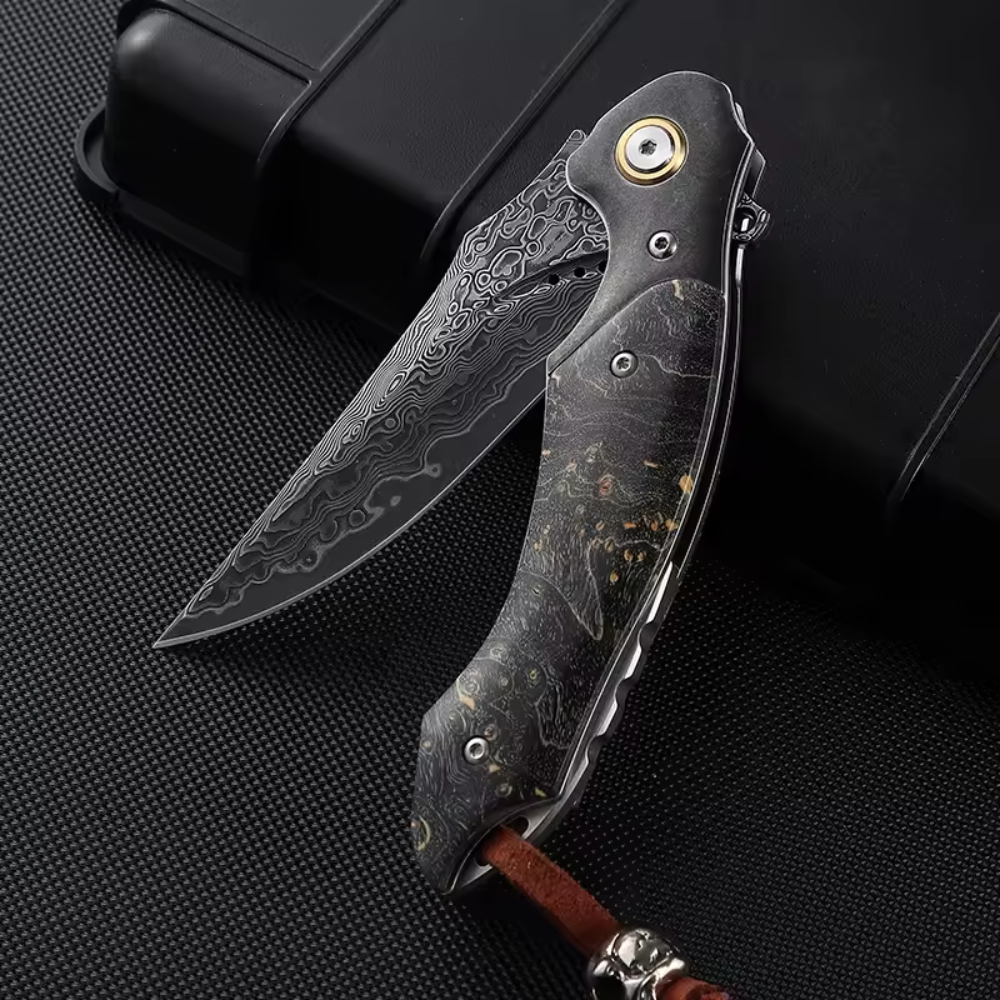
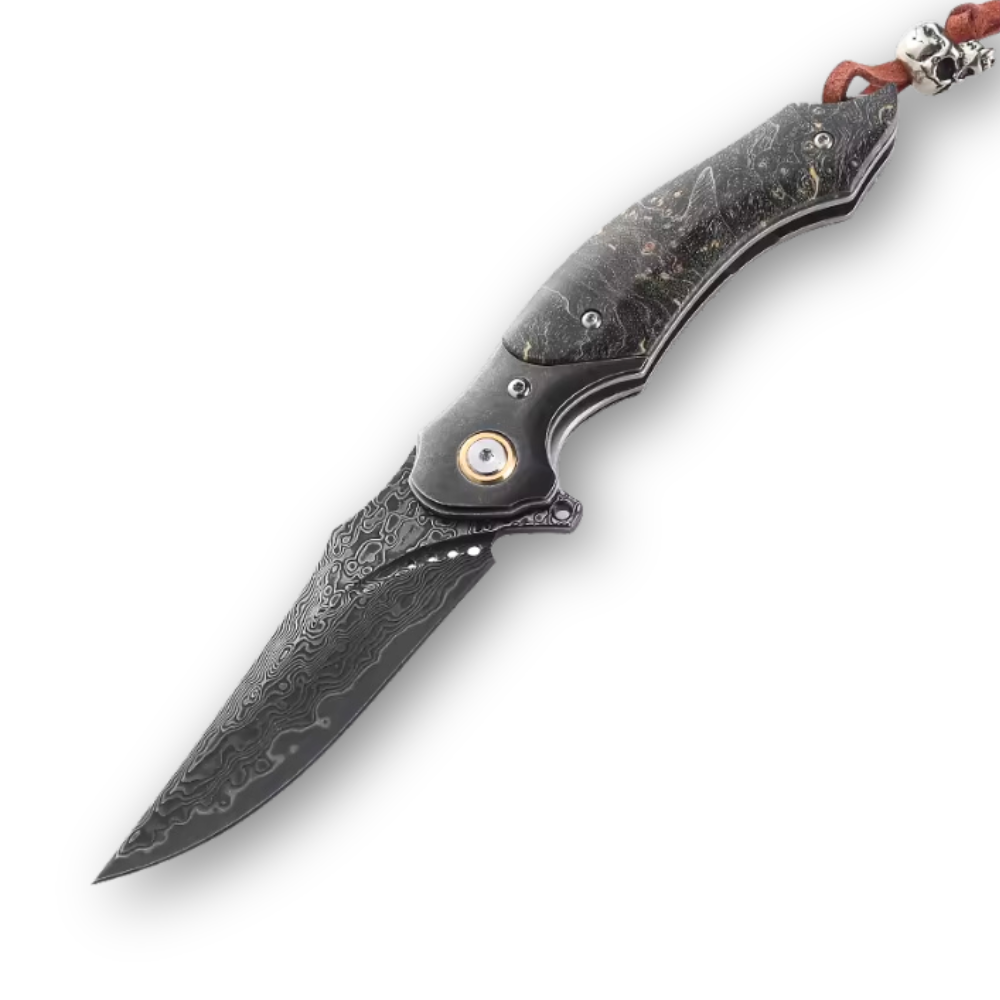
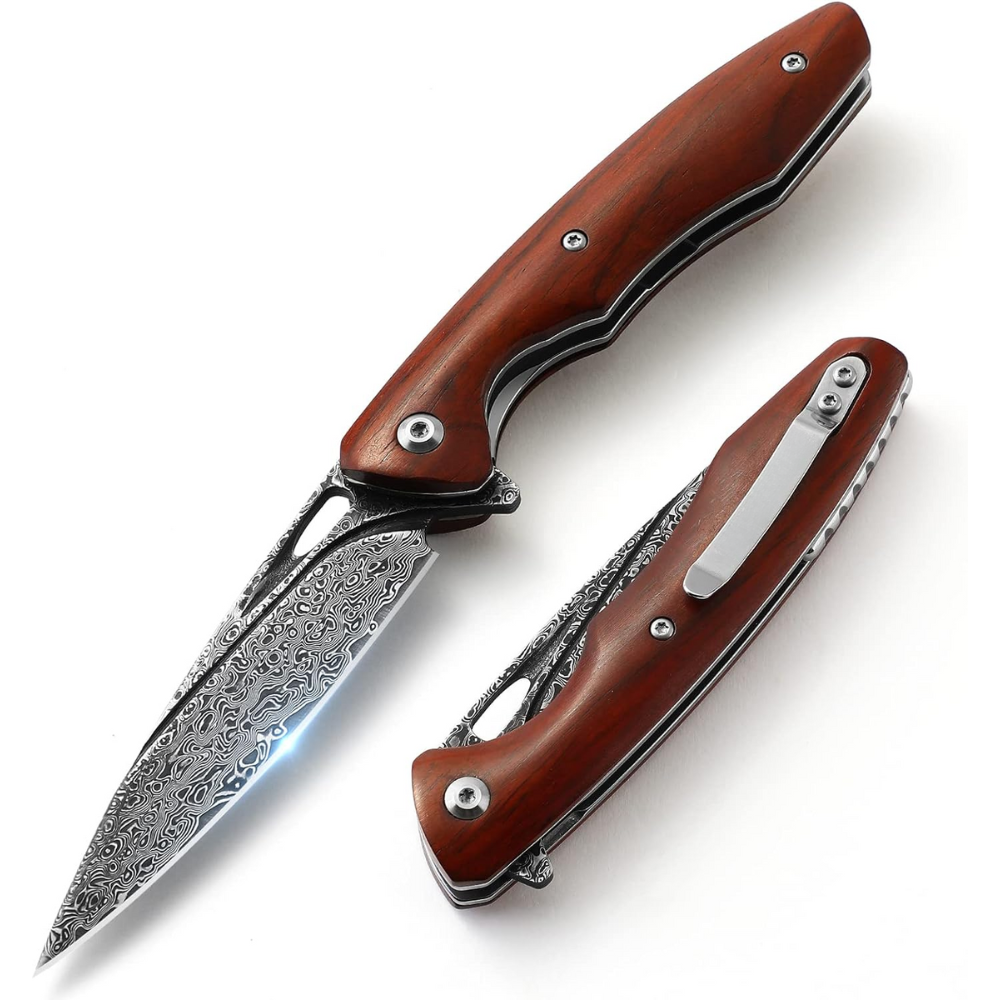









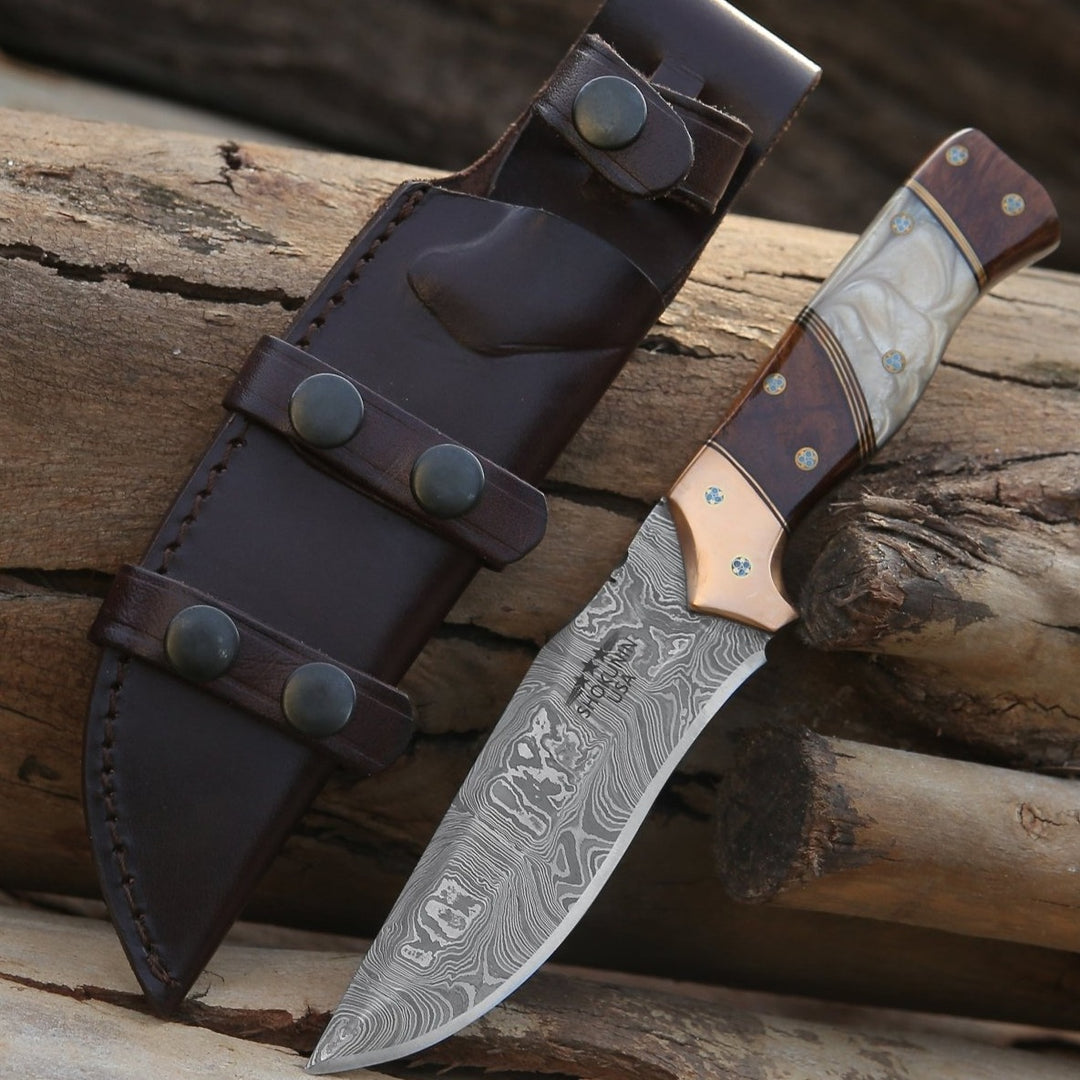
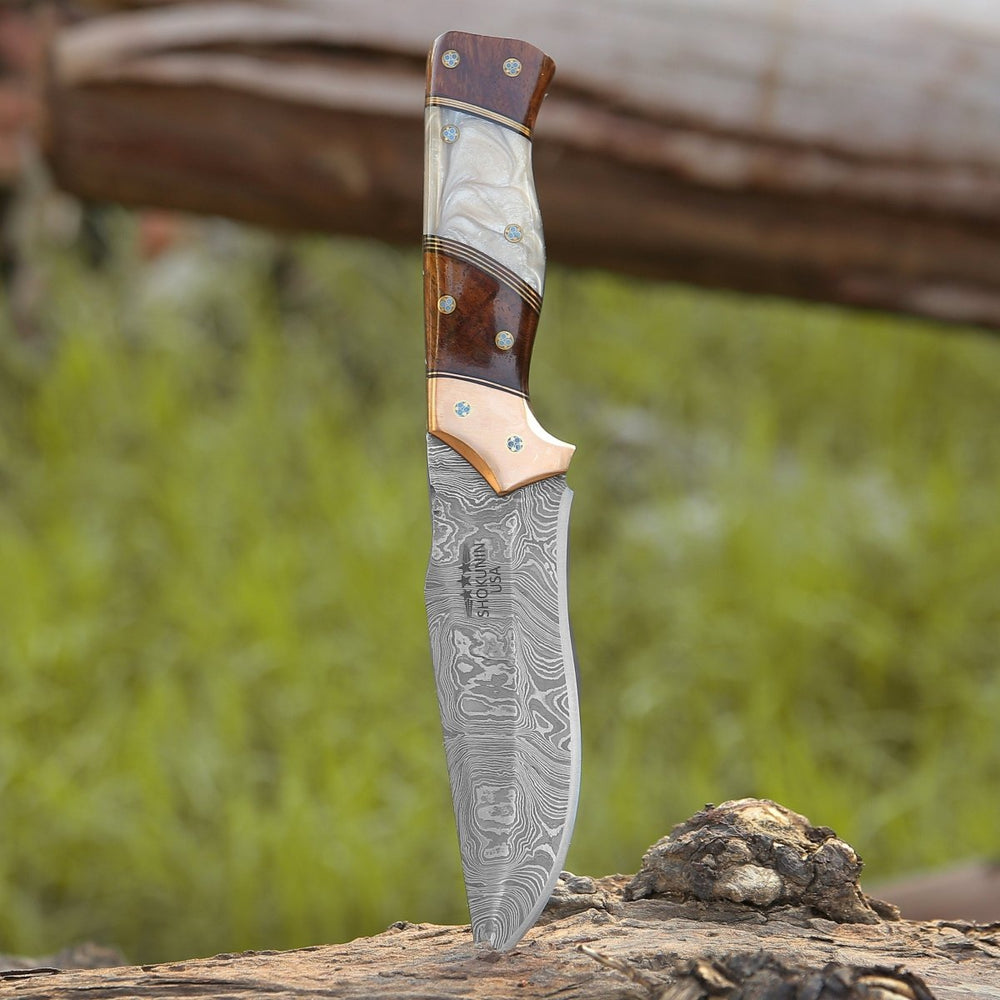


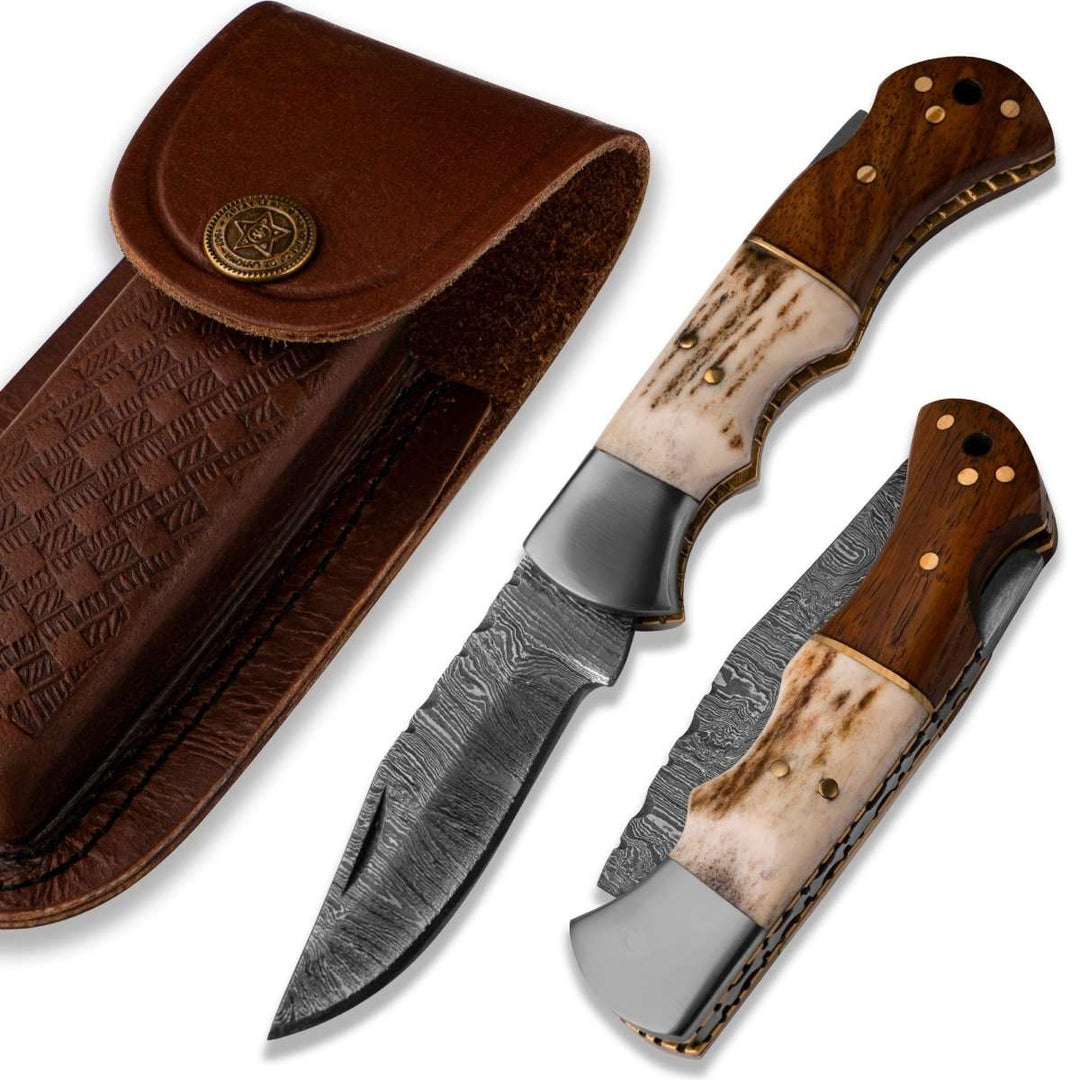
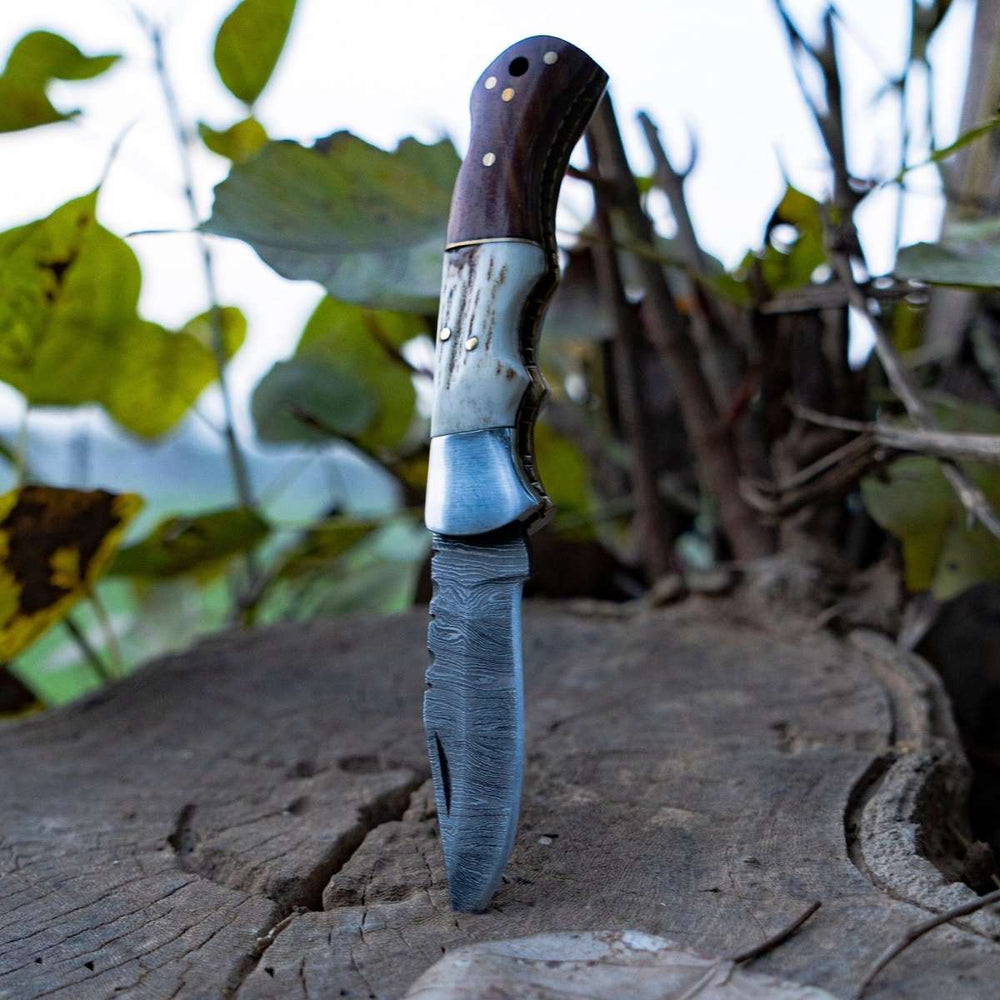




Leave a comment